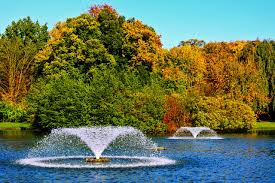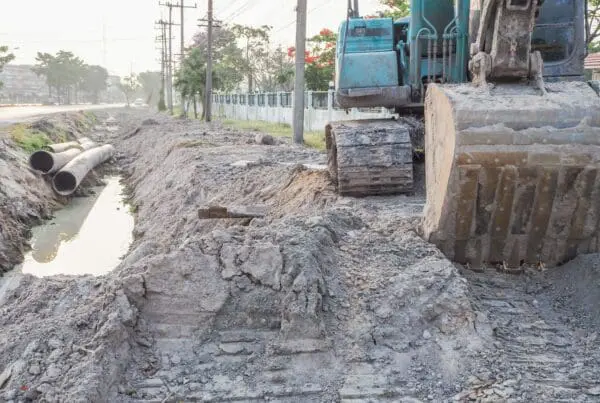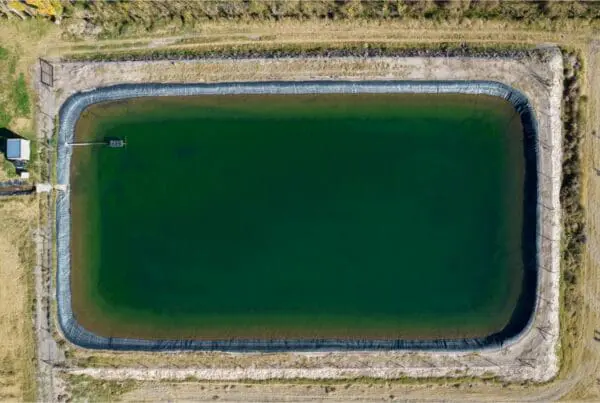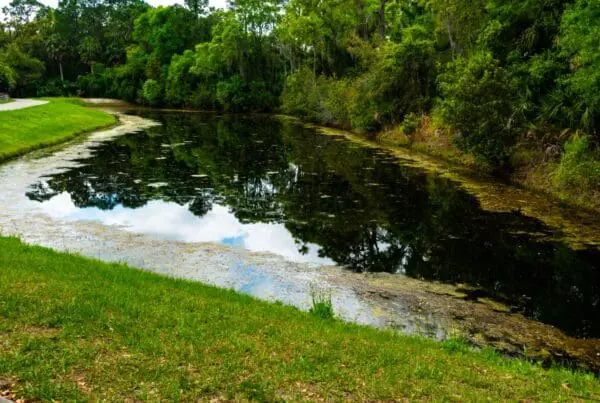If you’re wondering, “does a fountain aerate a pond?” You’re asking the right question for pond health. Pond aeration is a critical factor for maintaining the balance of aquatic ecosystems. It provides oxygen to fish and other aquatic organisms and helps remove excess nutrients and pollutants from the water. Aeration helps maintain a healthy balance of pH levels. It also keeps the temperature of the water at a consistent level. Aeration also prevents ice from forming on ponds’ surface, leading to a decrease in biodiversity and an increase in algae growth.
What Is Pond Aeration?
Pond aeration is the process of supplementing a pond’s oxygen levels, improving water clarity and quality, and providing a supplemental food source for fish. Aeration can be achieved through mechanical or natural means.
Mechanical aeration involves installing pumps, fountains, or paddle wheels to pump air into the pond water column. Natural aeration occurs through photosynthesis and natural water currents. However, these methods may not be effective in warm climates or stagnant ponds.
Pond aeration is an essential environmental practice that:
- helps maintain the health of aquatic life and the overall ecosystem
- helps prevent the growth of harmful bacteria
- reduces the amount of sediment that builds up in a pond
- helps maintain water clarity and increases overall plant growth by providing nutrients from decomposing organic material
- creates an improved environment for aquatic life by increasing the turnover of water in the pond, resulting in a more balanced ecosystem
So, Does a Fountain Aerate a Pond? It Depends on the Fountain
Decorative pond fountains and aerators are two popular options for improving the health of backyard ponds. Both feature pumps that introduce oxygen into the water to support aquatic life. However, they differ in how they do this.
All pond fountains operate by sending a stream of water high into the air. This creates a pleasant visual effect and a pleasing sound. This action also helps to increase the oxygen content in the water directly underneath the fountain. This encourages healthy plant growth and allows fish to thrive.
Aerators are specifically designed to create tiny bubbles in the bottom of a pond that gently rise through the water column. These bubbles help break down debris on the pond’s surface while adding oxygen to the water to benefit fish and plants.
Understanding Pond Fountain Aeration
The science behind fountain aeration is introducing air bubbles to help increase the amount of dissolved oxygen. This helps to create a more oxygen-rich environment for aquatic life. It also helps improve the health of ponds, lakes, and streams.
When air is added to water, it introduces many tiny bubbles, which are then held in suspension. As the bubbles rise to the surface, they pull dissolved oxygen from the surrounding atmosphere. This is known as diffusion. The air-filled bubbles collect and transfer the oxygen from the atmosphere, allowing it to be dispersed throughout the entire body of water.
Benefits of Fountain Aeration
Using a pond fountain for aeration has several benefits: 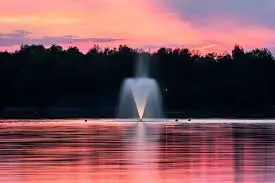
- Increases in oxygen levels can lead to healthier aquatic life, improved water clarity, and reduced pond maintenance costs.
- Reduces algae growth by preventing the pond’s stratification (layering) of warm and cold waters.
- Circulation caused by fountain aeration helps remove toxins from the water, resulting in a cleaner environment for fish and other aquatic life.
Other Pond Aeration Methods
Pond aeration methods other than fountains include natural aeration, bottom-up bubblers and air diffusers, and surface agitation.
Natural Aeration
Natural aeration is a passive technique that incorporates the natural flow of water to introduce oxygen into the pond. This method involves creating an area for water to pool and overflow, allowing it to mix with the oxygen in the atmosphere. This can be done by introducing a small waterfall or stream into the pond.
Bottom-Up Bubblers
Bottom-up bubblers and air diffusers are active aeration systems that use compressors to pump oxygen into the water. Bubblers are submerged and create an upward flow of bubbles, while air diffusers emit a stream of tiny bubbles that slowly rise to the surface.
Surface Agitation
Surface agitation is an aeration method that creates waves and turbulence along the pond’s surface. This can be achieved in several ways, such as with a floating fountain or waterfalls that pour directly into the pond.
Factors to Consider When Choosing a Pond Fountain for Aeration
When choosing a pond fountain for aeration, there are essential factors to consider.
Size and Depth of the Pond
The power and coverage of the fountain should be commensurate with the size of the pond. Fountains designed for smaller ponds may need more power to oxygenate larger ponds adequately. The pond’s depth should be considered when selecting a fountain. Fountains designed for shallow ponds may not reach deeper waters and will produce less oxygen.
Installation
Pond fountains are relatively easy to install. However, it is essential to remember that these units should be installed in areas where they cannot be disturbed. Proper placement will maximize the efficiency of the fountain, ensuring that oxygen is evenly distributed throughout the pond. It is essential to use caution when installing a fountain. They are delicate and can easily damage through rough handling or improper installation.
Maintenance
Pond fountains require regular maintenance to function correctly. It is important to check the fountain routinely for any signs of damage or wear and tear. Most fountains require periodic cleaning and lubrication to remain operational.
Conclusion
Our expert team specializes in properly aerating ponds of all shapes and sizes. Contact PondMedics today to schedule your consultation and learn more about our services.
